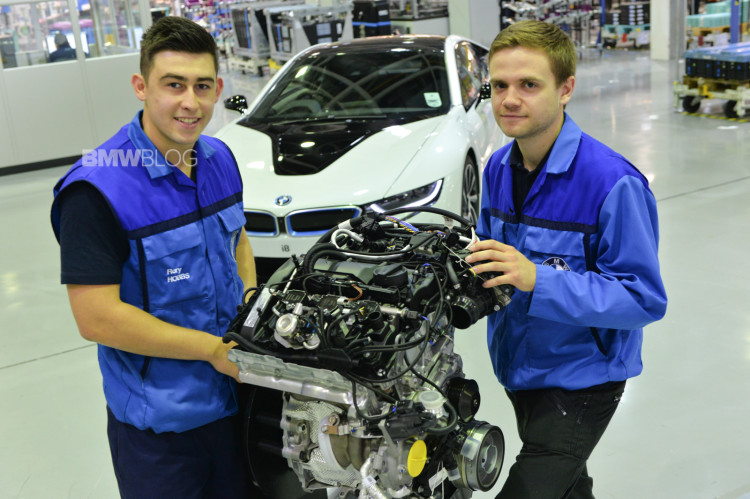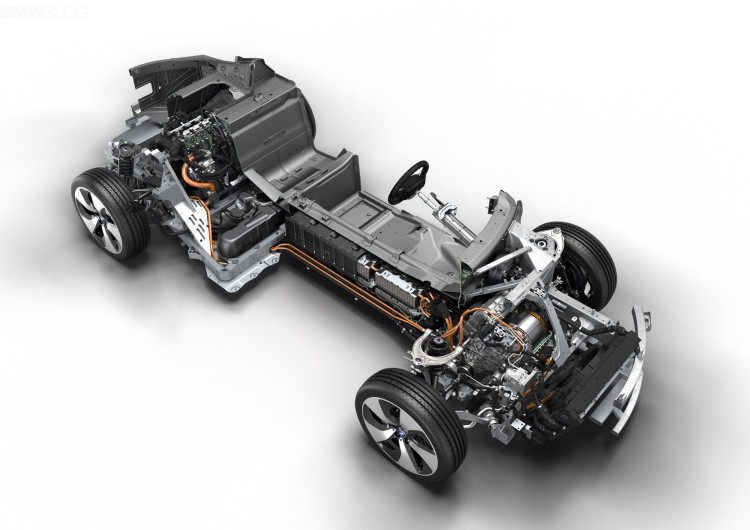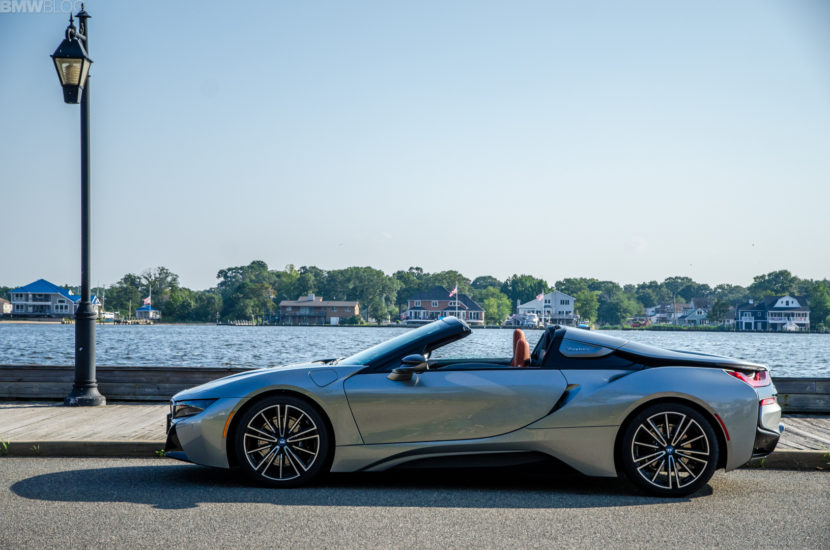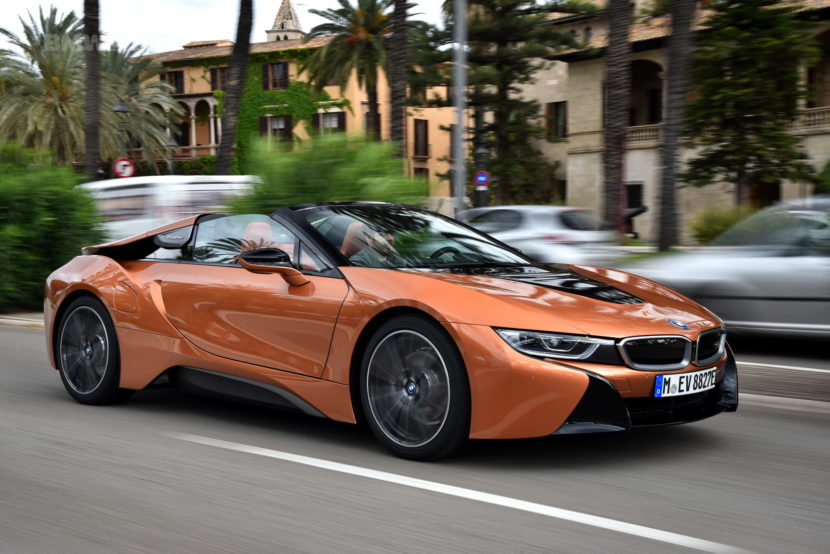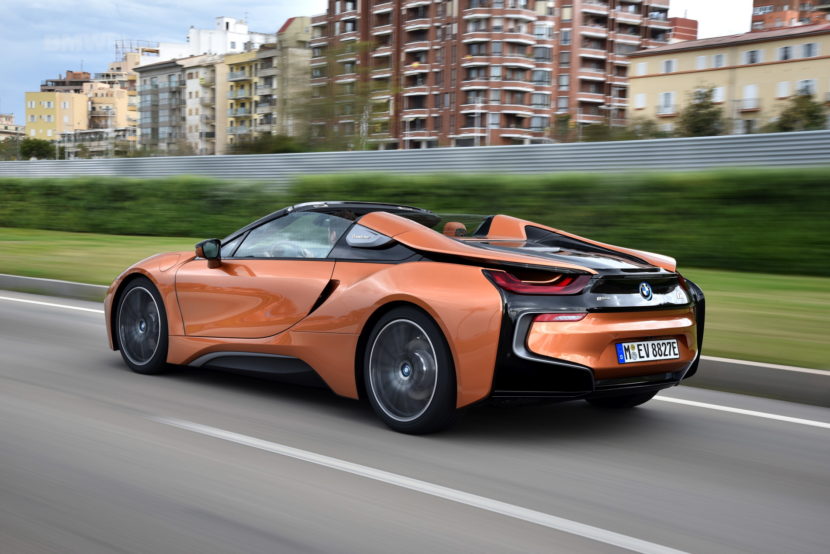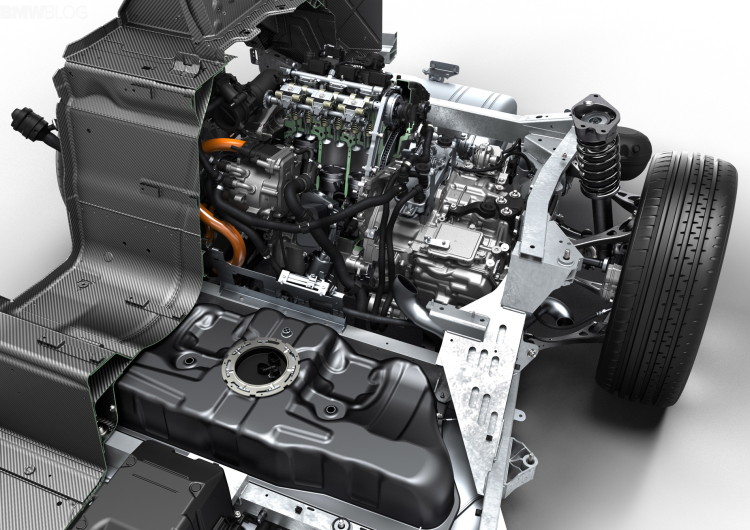When BMW unveiled the i8 in 2009 at the Frankfurt Auto Show and then later in 2012, it looked like a concept car had broken out of the auto show floor and somehow made its way onto public roads. It was unlike anything the brand had built before: a wedge-shaped, carbon-fiber-bodied spaceship with butterfly doors, electric drive, and a three-cylinder engine that sounded more at home in a compact city car than in a six-figure sports car. And yet, this unorthodox machine went on to become one of the most daring and forward-thinking vehicles in BMW’s modern history.
Originally priced at $137,450, the i8 entered the market as BMW’s technological flagship, a rolling laboratory for the BMW i’s electrification strategy. But now, just a few years after production ended in 2020, the i8 has found a second life as one of the most accessible exotic plug-in hybrids money can buy. Recent examples have sold for under $40,000—less than a new Toyota Camry XSE. For that price, you’re getting a carbon-tub chassis, head-turning design, and performance figures that still impress.
Powered by a 1.5 Liter Turbo Engine
BMW built the i8 to break the mold of traditional performance cars. Instead of stuffing in a thunderous V8 or a silky inline-six, Munich went with the B38 1.5-liter turbocharged three-cylinder engine borrowed and modified from the MINI. That engine, mounted over the rear axle, worked in tandem with an electric motor on the front axle to deliver all-wheel drive and a combined 357 horsepower (later increased to 369 hp in the i8’s later years). It may sound modest on paper, but the i8 could sprint from 0 to 60 mph in just 4.2 seconds thanks to the instant torque from the electric motor and the car’s lightweight structure. It didn’t need to be the fastest; it just had to prove a point: that performance and sustainability could coexist.
With an EPA-rated all-electric range of about 15 miles when new, the i8 wasn’t a long-range EV, but it was never trying to be. It gave drivers the option to cruise silently through the city on electric power alone, then summon gasoline-fueled propulsion for longer highway trips or more spirited drives. The two-speed gearbox for the electric motor, an innovation rarely seen in hybrids at the time, further enhanced the i8’s versatility and driving dynamics.
A Design Like No Other BMW Before
But the performance was only half the story. The design of the i8 was jaw-dropping. Low-slung and sculpted, it wore its aerodynamic priorities proudly: floating rear buttresses, laser headlights and a sloping roofline that gave it the presence of a hypercar. Its scissor doors—hinged at the A-pillar and rising theatrically—only added to its futuristic vibe. This wasn’t a car trying to blend in, and it certainly never did.
Beneath its carbon-fiber-reinforced plastic skin was a clever architecture: a Life Module cabin riding atop a Drive Module chassis. This “i” sub-brand philosophy of modular construction was shared with the i3 and remains influential in BMW’s future electric vehicles, including the upcoming Neue Klasse generation. Inside, the i8 delivered a high-tech environment with BMW’s iDrive infotainment, a head-up display, and a digital gauge cluster. The materials were sustainably sourced, a nod to its eco-conscious mission, though practicality was limited. The i8 technically had four seats, but the rear ones were best reserved for children or extra luggage.
Not A Huge Seller In The End
Despite its avant-garde pitch, the i8 found a decent following. BMW sold over 20,000 units during its six-year production run—a decent number for such a niche, forward-looking sports car. That production volume, along with depreciation typical of high-end hybrids, is part of the reason why the i8 is now such a compelling used buy. Just recently, two examples sold for $37,000 and $33,000 on enthusiast auction site Cars & Bids.
It’s hard to overstate what kind of value proposition that presents. This was once a $150,000 car when well optioned. It’s made of carbon fiber, accelerates faster than most modern hot hatches, and looks like a concept car made real. All for the price of a mid-trim family sedan.
The BMW i8 may not have lived up to the hypercar heights of its contemporaries like the Porsche 918 Spyder or McLaren P1, but it wasn’t supposed to. It was the anti-supercar: lighter, smarter, greener. In retrospect, it predicted the hybrid future of performance more accurately than most of its peers. And as the industry now pivots harder into electrification, the i8 feels less like a detour and more like a blueprint.
For those looking to own something truly different—something beautiful, fast, and surprisingly livable—the i8 still stands as one of the coolest and most affordable entries into the world of exotic electrified cars. And the best part? You don’t need six figures to get behind the wheel anymore.
Ownership Considerations: What to Know Before You Buy
While the BMW i8 is mechanically reliable compared to many exotic or high-performance hybrids, prospective buyers should still be aware of a few key ownership factors. First, although the three-cylinder engine and electric motor are generally dependable, repairs can be expensive due to the car’s unique construction and hybrid complexity. The carbon-fiber tub, for example, limits who can work on the chassis, and replacement body panels can be costly.
Battery degradation isn’t a widespread issue yet, but as with any plug-in hybrid, older models may see a reduced all-electric range. Fortunately, BMW designed the i8’s high-voltage battery to be modular, and replacements or refurbishments were at some point available through certified dealers. Routine maintenance is straightforward—oil changes, brake service, and coolant flushes—but not every independent shop is equipped to work on this kind of drivetrain. Be sure to find a BMW specialist or dealership familiar with the i8’s unique setup.


